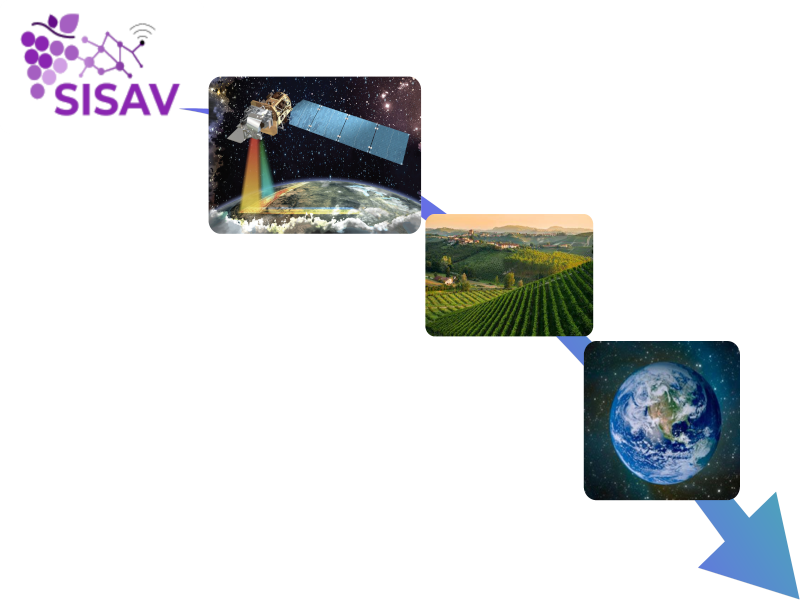PhD Project - Federica Ghirardi
Actual and Potential Roles of Remotely Sensed Data and Services from Open Archives to Improve Sustainability in Viticulture within the Climate Change Context.

Name: Federica
Surname: Ghilardi
Tutor (surname): Borgogno-Mondino
Website:
- GEO4Agri (Geomatics and Earth Observation for Forestry and Agriculture) - Laboratory of Agro-Forestry Geomatics – Official webpage of tutor Borgogno-Mondino: https://www.researchgate.net/profile/Enrico-Borgogno-Mondino
Management of vineyards requires local and updated information to optimize yield in a context where climatic and environmental conditions play a focal role. In this framework, the PhD project aims at describing vineyards behavior in the spatial and time domains by integrating ground data about soil, water resources, fertilization, and plant protection strategies within agronomic processes with remotely sensed data from satellite/airborne and RPAS (Remotely Piloted Aerial Systems) systems.
A pilot experience will concern the study area that the ongoing SISAV – (Integrated Tools for the Environmental Sustainability of Vineyards) project (https://sisav.org), financed within the PSR-FEASR 2014-2020 Action 16.1 of the Piemonte Region, is focusing on. Results from local tests are expected to be upscaled at worldwide level, taking care of the local environmental and climatic conditions. In particular, transferability will be possibly guaranteed by the global availability of free satellite data and opensource software that are presently accessible for final users.
Satellite data are intended for monitoring, modelling, and forecasting midterm phenomena, since they allow repeated observations of the same area at the global scale. In particular, spectral, geometric and temporal resolutions of the Copernicus Sentinel missions (Sentinel 1 and Sentinel 2) are retained to be consistent with vineyard management requirements. In fact, they are expected to describe those crop dynamics related to its phenology and management, that can be somehow described by proper spectral indices and metrics.
Some additional improvements can come from the recent satellite hyperspectral missions, like PRISMA. that can be used to recognize specific chemical/physical elements of vegetation thus improving crop and soil classification, treatments recognition, plant physiology description looking for eventual diseases and/or fertilization effects.
Models and procedures designed and calibrated in the pilot area of the SISAV project, will be finally applied to other territorial contexts with special concern about developing countries.





